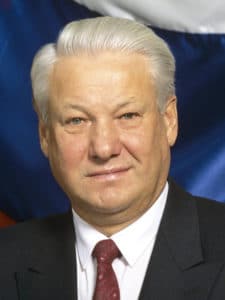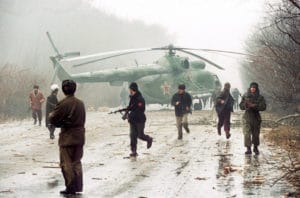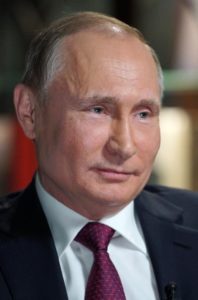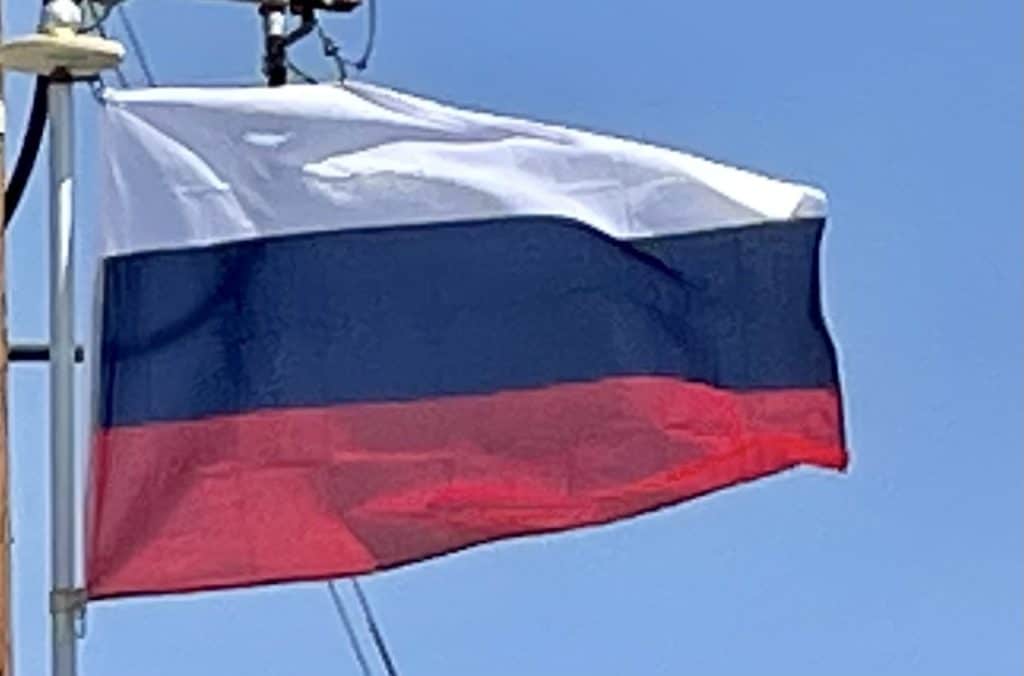
The privatization largely shifted control of enterprises from state agencies to individuals with inside connections in the government. Many of the newly rich moved billions in cash and assets outside of the country in an enormous capital flight. The depression of the economy led to the collapse of social services; the birth rate plummeted while the death rate skyrocketed. Millions plunged into poverty, from a level of 1.5% in the late Soviet era to 39–49% by mid-1993. The 1990s saw extreme corruption and lawlessness, the rise of criminal gangs and violent crime.
In late 1993, tensions between Yeltsin and the Russian parliament culminated in a constitutional crisis which ended after military force. During the crisis, Yeltsin was backed by Western governments, and over 100 people were killed. In December, a referendum was held and approved, which introduced a new constitution, giving the president enormous powers.
The 1990s were plagued by armed conflicts in the North Caucasus, both local ethnic skirmishes and separatist Islamist insurrections. From the time Chechen separatists declared independence in the early 1990s, an intermittent guerrilla war has been fought between the rebel groups and the Russian Armed Forces. Terrorist attacks against civilians carried out by separatists, most notably the Moscow theater hostage crisis and Beslan school siege, caused hundreds of deaths.

Russia took up the responsibility for settling the Soviet Union’s external debts, even though its population made up just half of it at the time of its dissolution. In 1992, most consumer price controls were eliminated, causing extreme inflation and significantly devaluing the Ruble. With a devalued Ruble, the Russian government struggled to pay back its debts to internal debtors, as well as international institutions like the International Monetary Fund. Despite significant attempts at economic restructuring, Russia’s debt outpaced GDP growth. High budget deficits coupled with increasing capital flight and inability to pay back debts, caused the 1998 Russian financial crisis, and resulted in a further GDP decline.
Putin Era:
On 31 December 1999, President Yeltsin unexpectedly resigned, handing the post to the recently appointed Prime Minister, Vladimir Putin.

Yeltsin left office widely unpopular, with an approval rating as low as 2% by some estimates. Putin then won the 2000 presidential election and suppressed the Chechen insurgency. As a result of high oil prices, a rise in foreign investment, and prudent economic and fiscal policies, the Russian economy grew for eight straight years; improving the standard of living, and increasing Russia’s influence on the world stage. Putin went on to win a second presidential term in 2004. Following the global economic crisis of 2008 and a subsequent drop in oil prices, Russia’s economy stagnated in 2009. And from 2010 to 2013, Russia enjoyed high economic growth; until falling oil prices coupled with international sanctions after the annexation of Crimea and the Russo-Ukrainian War led to the economy shrinking in 2015, though it rebounded in 2016, and the recession officially ended. Many reforms made during the Putin presidency have been criticized as authoritarian, while Putin’s leadership over the return of order, stability, and prosperity has won him widespread admiration in Russia.
